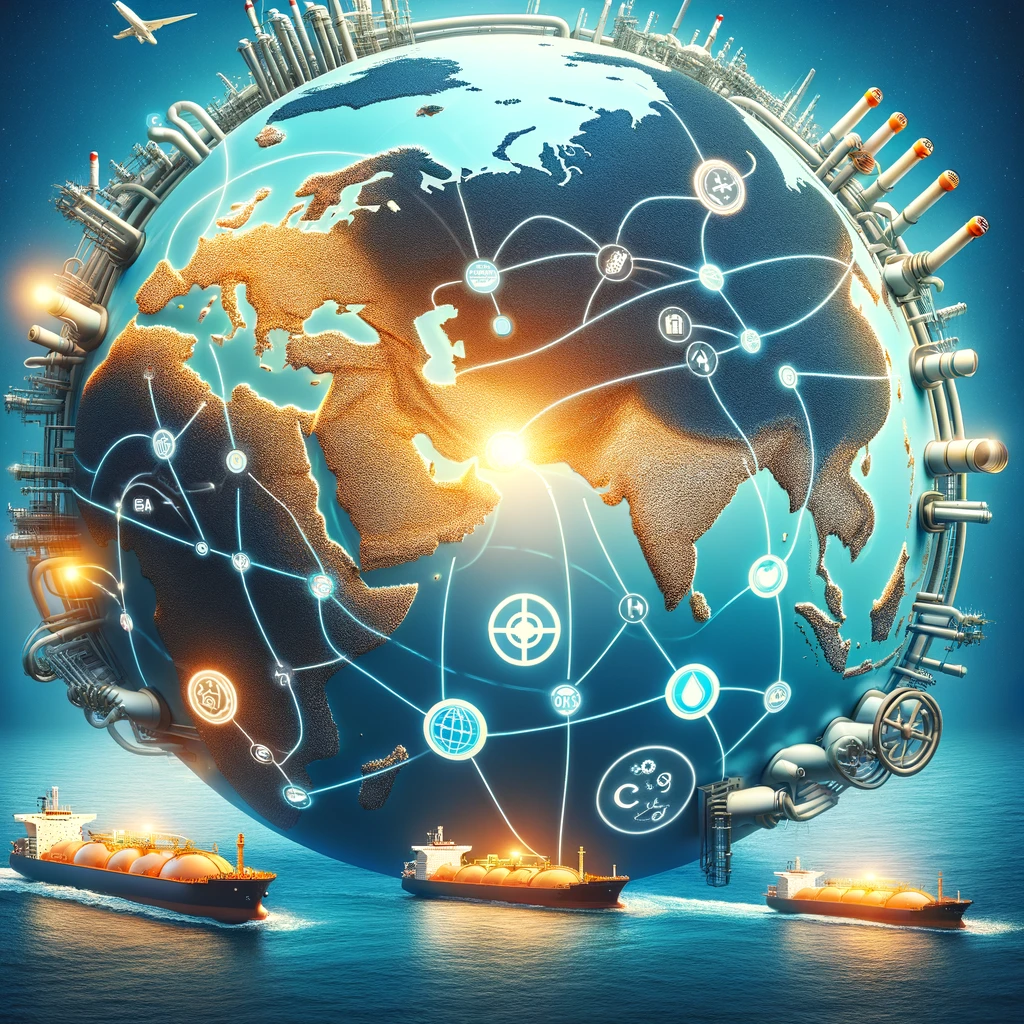The Middle East and the Gulf region, renowned for their vast oil reserves, also play a crucial role in the global energy market as leading suppliers of natural gas. This strategic position is not only pivotal for the energy security of numerous countries but also for the global shift towards cleaner energy sources. As the world grapples with the dual challenge of meeting increasing energy demand and reducing carbon emissions, the importance of gas exports from the Middle East and the Gulf cannot be overstated. This article delves into the significance of these exports, their impact on global energy dynamics, and the future outlook in the context of evolving energy needs and sustainability goals.
Strategic Reserves and Global Supply
The Middle East holds approximately 40% of the world’s proven natural gas reserves, with Qatar, Iran, and Saudi Arabia being the top players. The Gulf region, particularly Qatar, has capitalized on its vast reserves to become the world’s largest exporter of liquefied natural gas (LNG). The strategic geographical location of these countries allows them to efficiently supply gas to both Asian and European markets, making them indispensable to global energy supply chains.
Energy Security and Economic Growth
Natural gas exports from the Middle East and the Gulf are critical for the energy security of many nations, especially in Asia and Europe. For countries looking to diversify their energy sources and reduce dependence on coal and oil, LNG offers a viable and cleaner alternative. The economic benefits for the exporting countries are substantial, providing significant revenue streams that support economic diversification efforts and infrastructure development. Furthermore, as global energy demand continues to rise, particularly in emerging economies, the role of these regions as key energy suppliers is set to grow even more prominent.
Transitioning to Cleaner Energy
Amidst growing environmental concerns and the push for the decarbonization of the energy sector, natural gas is increasingly viewed as a transition fuel. It emits significantly less CO2 and fewer pollutants than coal or oil when burned, making it a crucial component of the energy transition strategy for many countries. The Middle East and the Gulf, by supplying natural gas, are thus contributing to global efforts to combat climate change while ensuring a reliable energy supply.
Challenges and Opportunities
Despite its advantages, the global gas market faces several challenges. Political instability in some parts of the Middle East, fluctuating gas prices, and competition from renewable energy sources pose risks to the uninterrupted supply of natural gas. However, these challenges also present opportunities for regional producers to innovate and for international cooperation on energy security and sustainability initiatives.
The Future of Gas Exports
Looking ahead, the demand for natural gas is expected to continue growing, particularly in Asia, driven by economic expansion and the need for cleaner energy sources. The Middle East and the Gulf are well-positioned to meet this demand, thanks to their substantial reserves and established infrastructure. However, the long-term outlook will also be shaped by global efforts to reduce greenhouse gas emissions and the pace of development and adoption of renewable energy technologies.
natural gas exports from the Middle East and the Gulf play a pivotal role in the global energy landscape, offering a cleaner alternative to coal and oil, supporting economic growth, and enhancing energy security. As the world navigates the complexities of the energy transition, the strategic importance of these regions in balancing energy needs and sustainability goals will undoubtedly remain significant.
